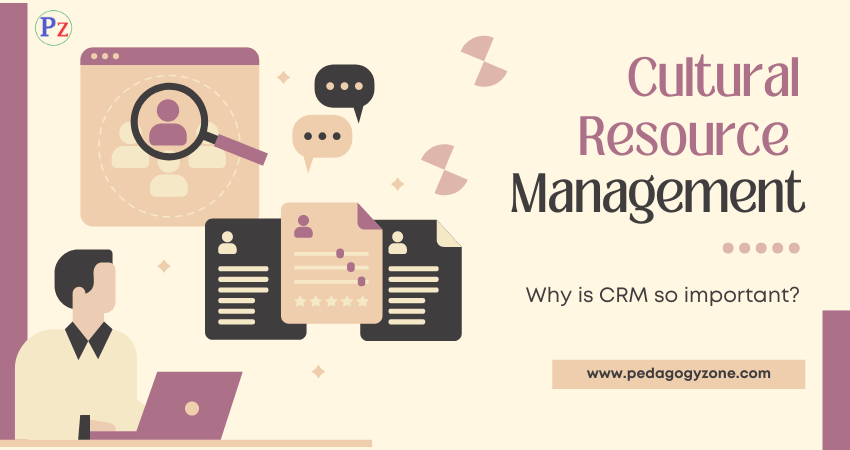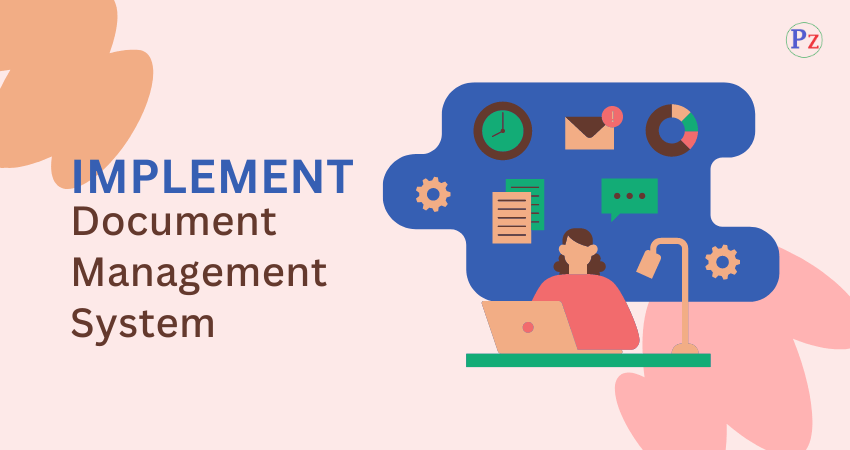In order to integrate quality with the strategic planning process, a systematic and sequential procedure has to be adopted. There are seven basic steps to strategic process planning. Fig.1 summarises the strategic planning cycle.

Step 1. Identification of Customer Needs
The basic step is the identification of customers and their wants and needs. An organisation must seek its customers’ requirements, expectations and assess future trends before developing a strategic plan.
Step 2. Determination of Customer Positioning
The second step requires the planners to determine its positioning with regards to its customers. Various alternatives such as whether the organisation should give up, maintain or expand market position should be considered. In order to become successful, the organisation should concentrate and consolidate its position in its areas of excellence.
Step 3. Predict the Future
Next, the planners must predict future conditions that will affect their product or service.
To help predicting the future, the tools such as demographics, economic forecasts, and technical assessments or projections may be used.
Step 4. Gap Analysis
In this step, the planners must identify the gaps between the current state and the future state of the organisation. This concept is also known as value stream mapping. For identifying the gaps, an analysis of the core values and concepts and other techniques may be used.
Step 5. Closing the Gap
Now the planners should develop a specific plan to close the gap. This process is also termed as process improvement.
By assessing the relative importance and relative difficulty of each gap. planners can close the gap.
Since quality is a continuous improvement process, one has to reassess and renew the strategic plans periodically. So it is a cyclic process as shown in Fig.1.
| Read More Topics |
| Leadership styles for effective leaders |
| What is customer complaint? |
| Mention the importance of customer retention |




